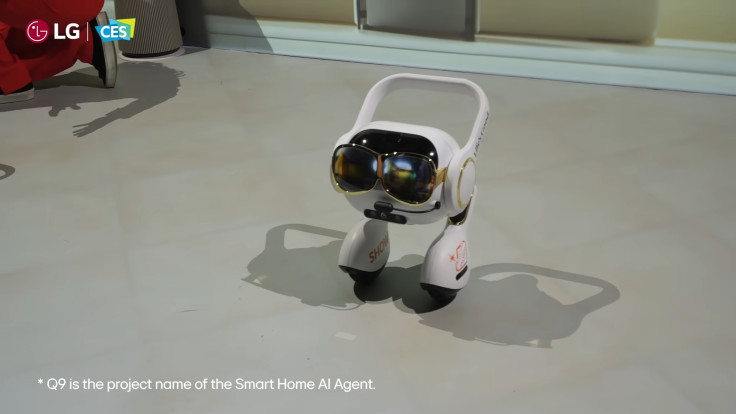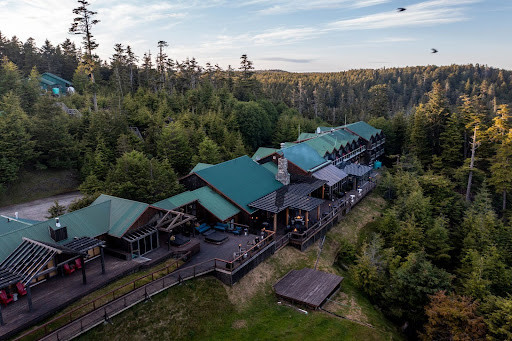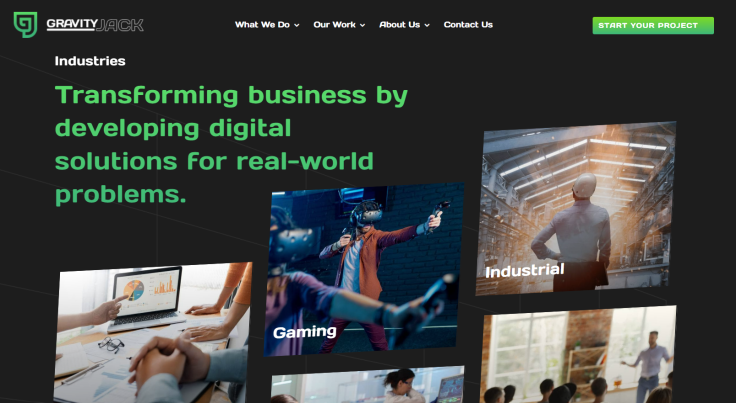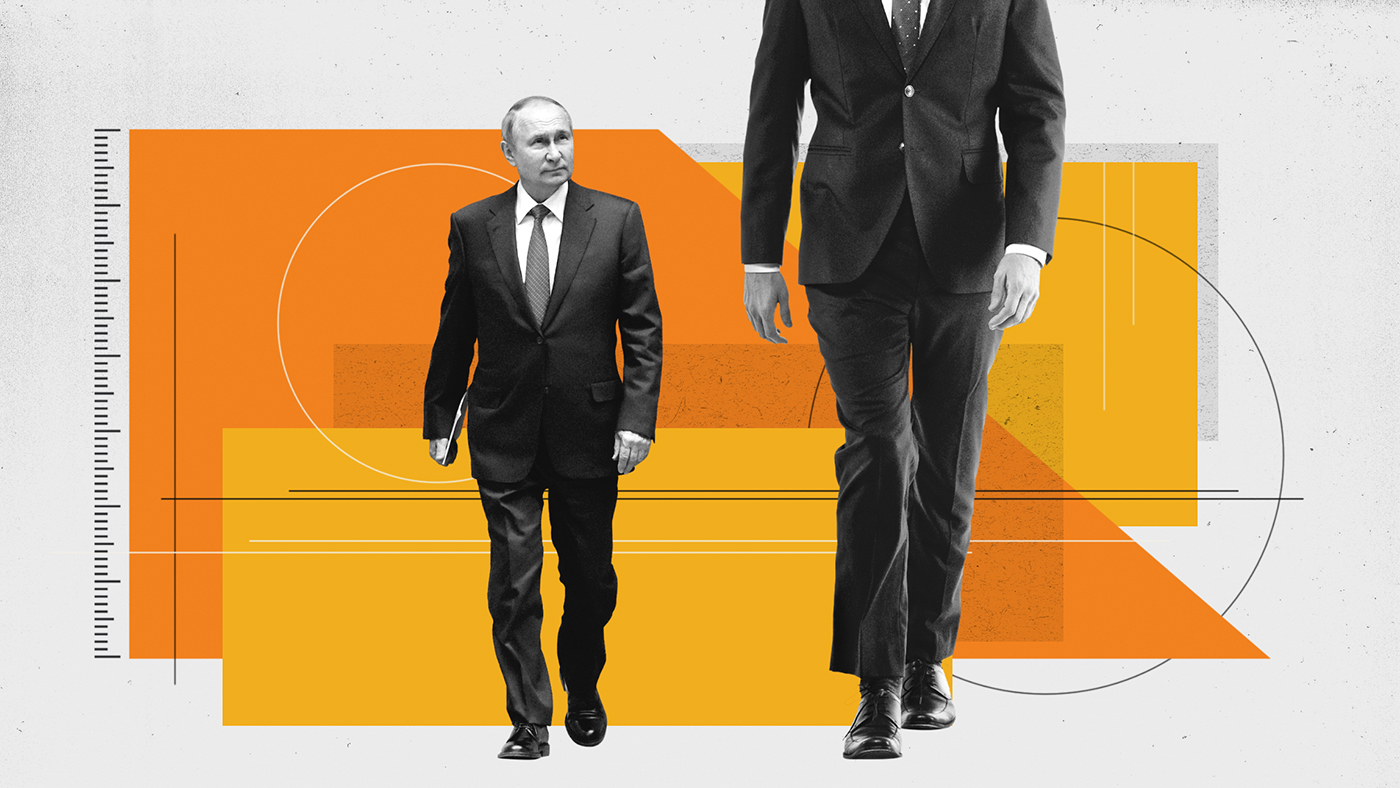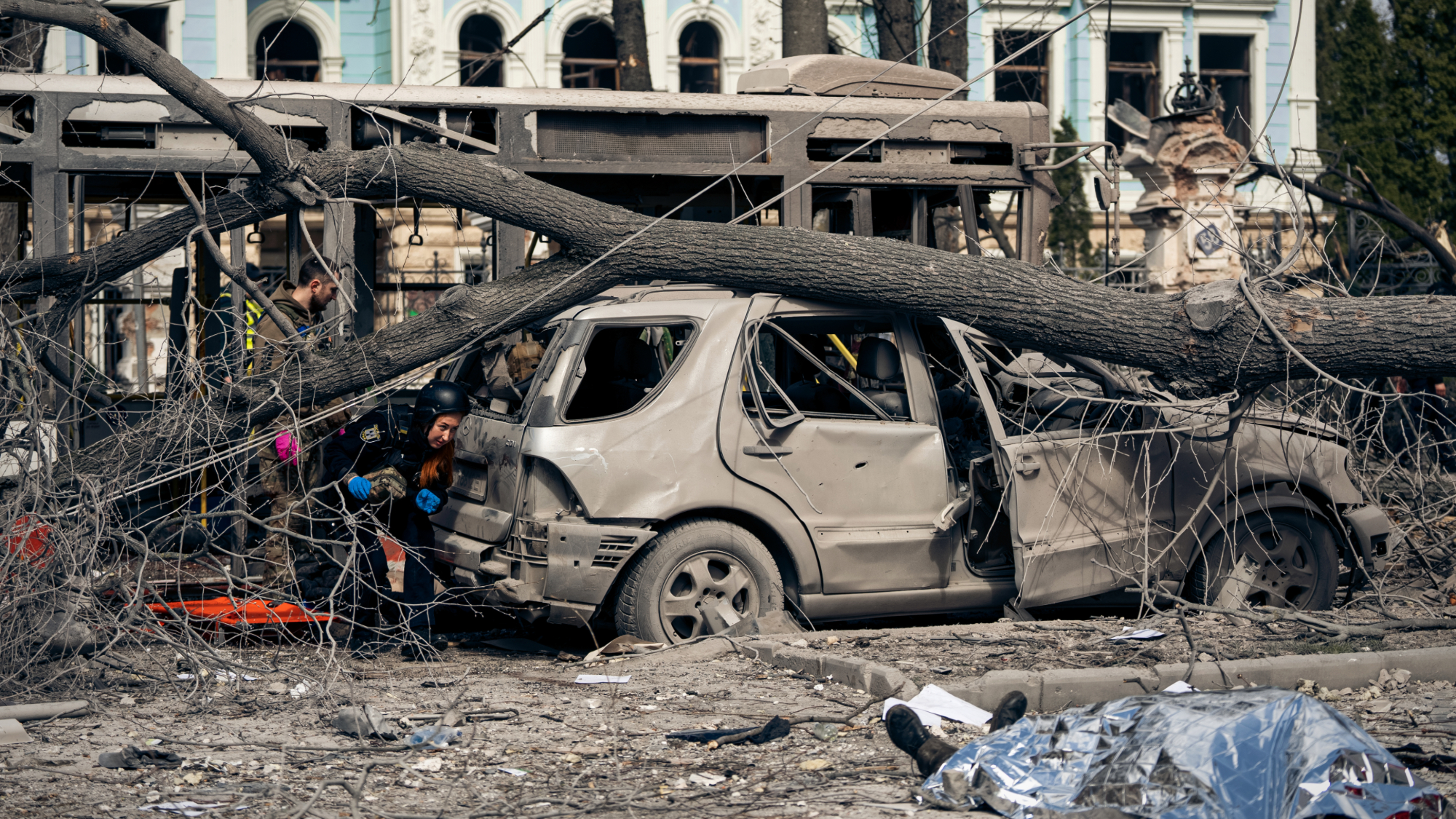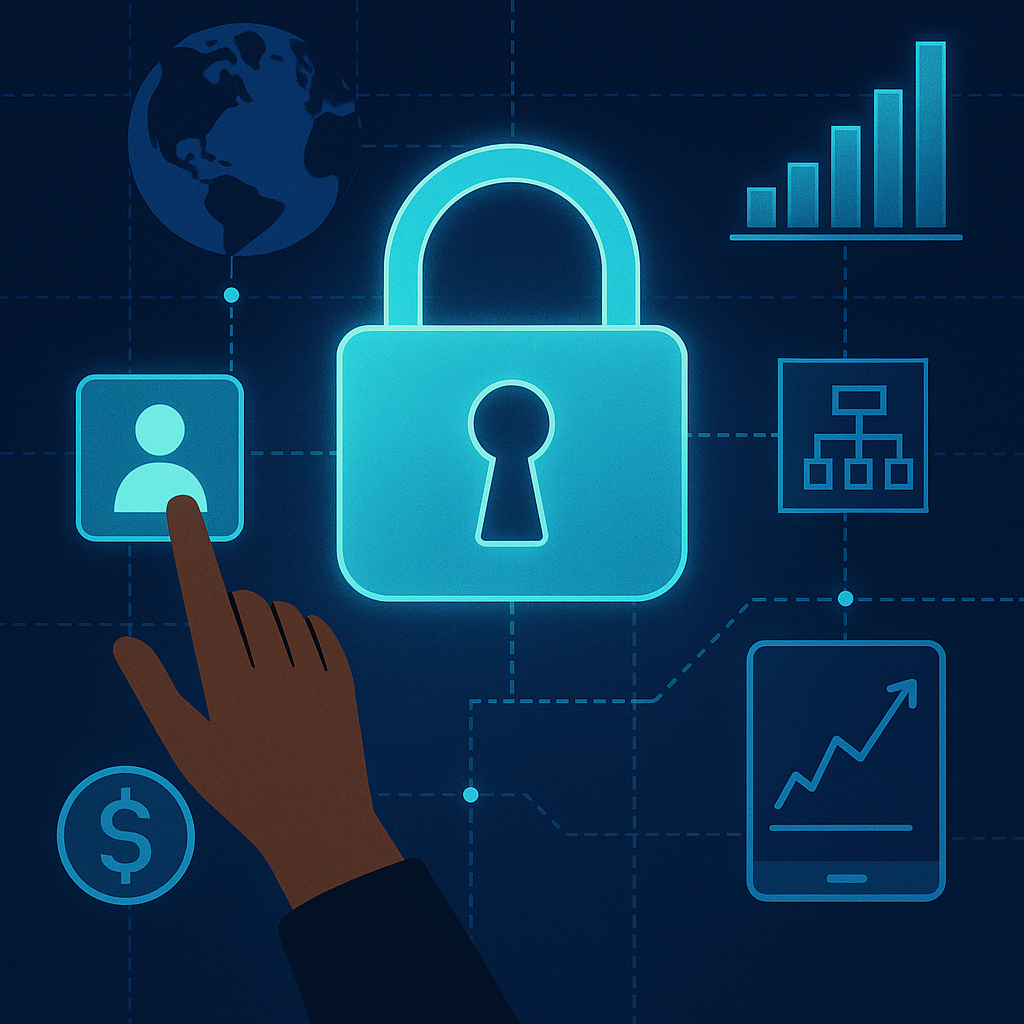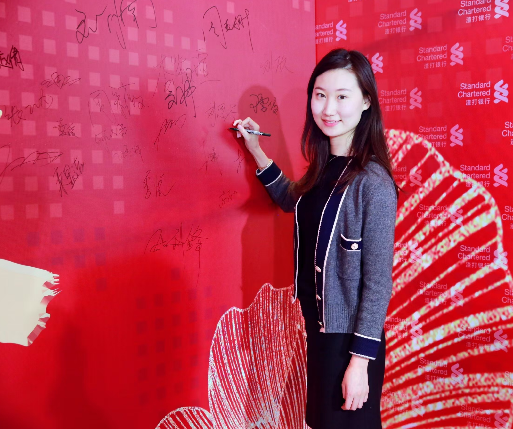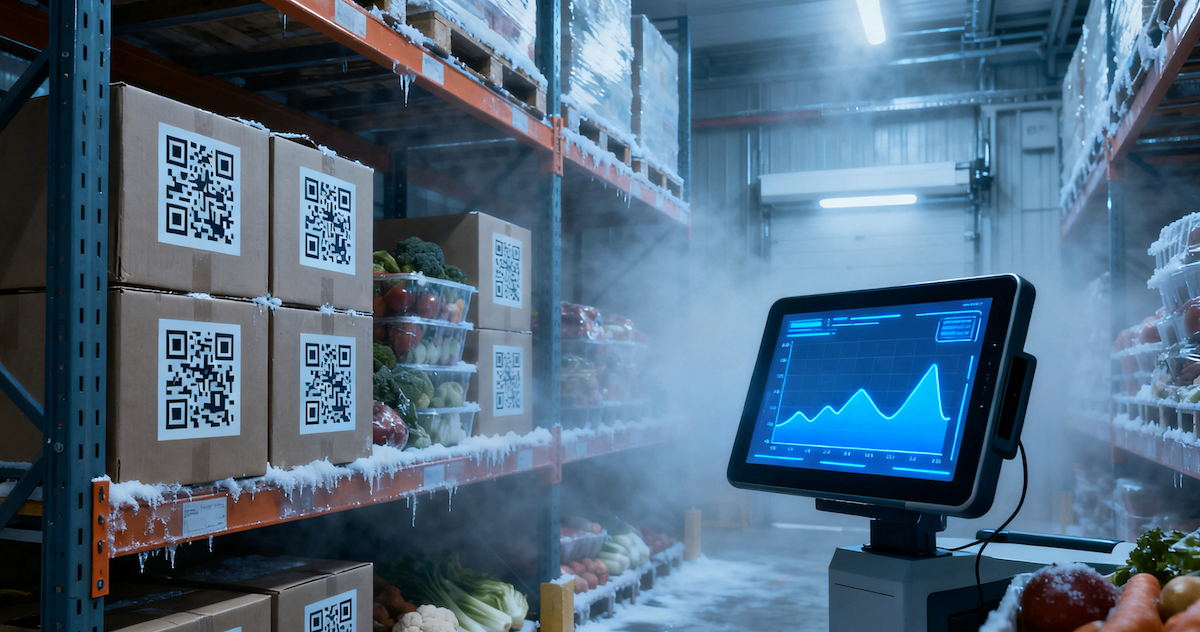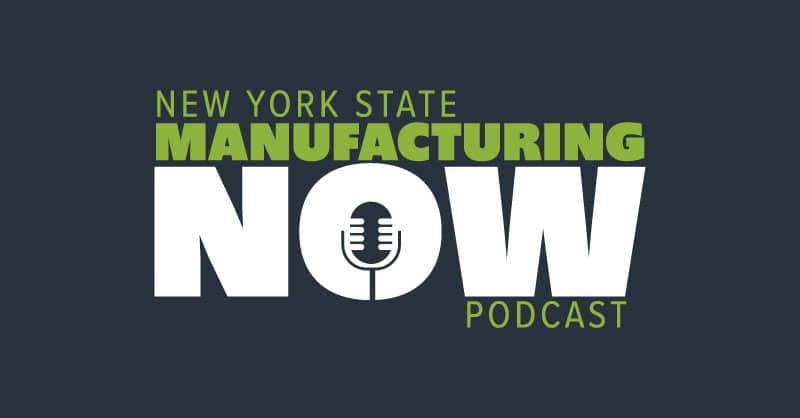Editor’s note: After a video of a South Carolina school resource officer (SRO) forcefully removing a student from her desk went viral, a debate about the presence of law enforcement officers in schools lit up on social media. The officer, Deputy Ben Fields, was fired and federal authorities have since opened a civil rights investigation into the incident.
In response, school resource officer Justin Schlottman of Cedar Crest High School in Pennsylvania shares his thoughts on why he became an SRO and how he seeks to build a safe and trusting school environment.
When I think about the role of a school resource officer, what immediately comes to mind is last year’s graduation ceremony when the class president gave me a shout out during his commencement speech. All I had done was to help him get his keys out of his locked car. To me, it was such a small gesture, but for him it was an emergency. My helping him was so important that it became a highlight of his senior year.
 Every student is fighting a daily battle that we know nothing about. We may think that student behavior at a given moment is driven by something trivial, but it often has much deeper roots than what’s visible on the surface. The key is to build relationships with students before problems arise.
Every student is fighting a daily battle that we know nothing about. We may think that student behavior at a given moment is driven by something trivial, but it often has much deeper roots than what’s visible on the surface. The key is to build relationships with students before problems arise.
One of the reasons I became a police officer is to help people. I received training from the National Association of School Resource Officers (NASRO), an organization of which I am a member, to not only be an agent of law enforcement in the school, but also a teacher and informal counselor. Those three roles are the basis of the NASRO triad approach to promote a positive image of law enforcement and also maintain a safe learning environment. In addition, I may play the role of social worker, mentor or peer mediator. It takes a unique set of character traits to wear all of those hats in a school environment, but that is what I love about the job.
I have not been in an exact situation as the recent events involving school resource officers, however, that’s because I do not see my role as a classroom disciplinarian. I have dealt with situations that had created a safety concern and a threat to a safe learning environment, which warranted my intervention. In these situations, addressing a juvenile issue must be approached in an appropriate manner. How I carry myself can escalate or de-escalate a situation.
Understanding that I am interacting with a teenager, not an adult, dictates my demeanor. Also, during these situations, the rapport already developed with the students positively affects the outcome as well. Furthermore, when I can build trust as a school resource officer, it makes the school safer. Students are more comfortable talking to me about an array of things that may prevent a potential future situation from occurring.
It’s important to point out that I am an employee of the district as opposed to being employed by a local municipality. As a district employee, I am not only law enforcement at the school, but I also handle truancy, provide protection at school events, traffic control, and even give law-enforcement related presentations in classrooms.
My presence in these roles has made me part of the fabric of the school rather than an outsider, which strengthens the relationships with the students, staff, visitors and stakeholders. The school is in essence a community in itself, and building those relationships helps ensure that their school community is safe. It allows me to be more effective, so that when students graduate from my school, they don’t just remember me as a uniform, badge and gun, but as someone who was there for them in their emergency, no matter how big or small.
Learn more about school safety issues and the job of school resource officers from the Student Reporting Labs series, “The New Safe.”
Watch “The Whistleblower” from Student Reporting Labs on Vimeo.
Popular News
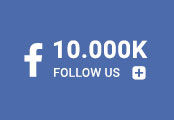
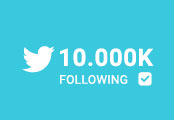
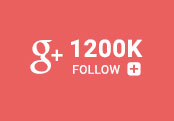
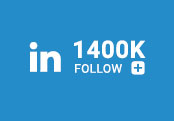
Current News
Manufacturing
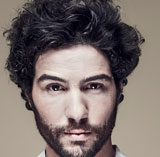
Collaboratively administrate empowered markets via plug-and-play networks. Dynamically procrastinate B2C users after installed base benefits. Dramatically visualize customer directed convergence without
Collaboratively administrate empowered markets via plug-and-play networks. Dynamically procrastinate B2C users after installed base benefits. Dramatically visualize customer directed convergence without revolutionary ROI.





About Us
Tech Photos

